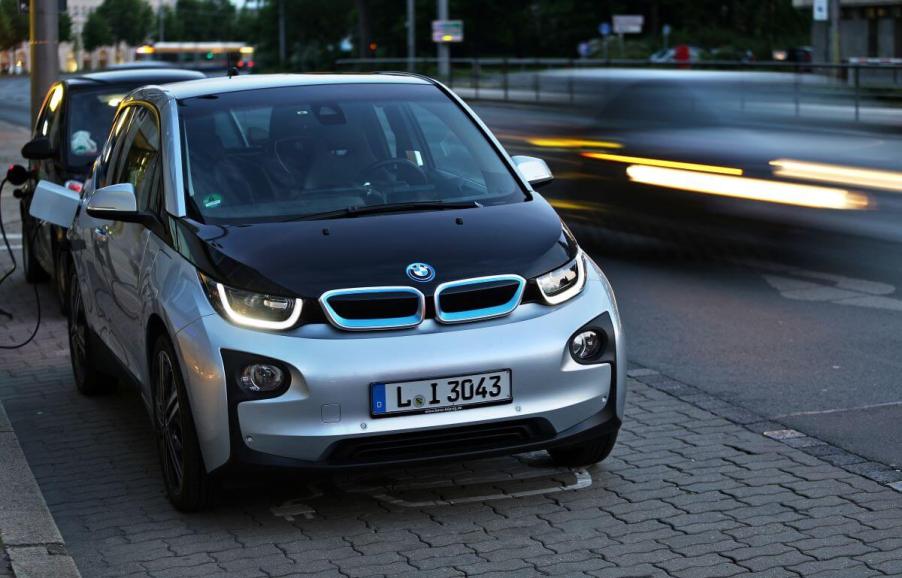
1 BMW i3 Add-on Limits Its Electric Car Credentials
For many, a BMW is an exotic wedge of supercars. The brand has set the standard for luxury, engineering precision, performance, and outstanding accessories. That would have been the case with the BMW i3 were it not for its small driving range. The charming luxury electric hatchback was often overlooked and discontinued after its 2021 model year. However, it’s notable for many reasons, including one trim level that stopped it from being a full EV.
The last BMW i3 model — the 2021 model, is a short-range car

According to J.D. Power, the BMW i3 was first released in 2013 and was the base design for other BMW electric cars until its 2021 model, when BMW discontinued it. The discontinuation wasn’t a shock because the i3 specs were not very impressive compared to EV giants like Tesla and Mercedes.
Some of the notable features of the BMW i3 are its design and drive range. Car and Driver say the 2021 BMW i3 styling is out of this world, but the model doesn’t quite measure up to an electric vehicle. Competitors like Chevrolet Bolt EV, Hyundai Kona Electric, and Tesla Model 3 provide superior batteries and longer driving ranges for nearly the same prices.
The standard i3 had an electric motor with a 42.2 kWh battery pack, producing 168 horsepower and 184 lb-ft of torque. As expected, the BMW i3 small battery gives a driving range of only 153 miles. While that might be enough for city driving, it’s not enough for long trips.
How the 2021 BMW i3 tries to make up for its flaws
BMW is smart and knows that not all buyers want to pay over $40,000 for an EV with less range than some of its most notable competitors. To make up for the stingy 153-mile range the i3 engine offers, buyers can order the i3 with an optional gasoline-powered engine to provide extra range, called a range extender. Autobytel reports that the extender is excellent for users who don’t trust running on the battery alone.
U.S. News says a range extender is a secondary onboard gasoline engine that charges the electric car battery when driving. The range extender only functions as a backup when the battery is nearly depleted, not for continuous use. Unlike powertrains of a traditional hybrid, the range extender rarely, if ever, directly propels the car. Instead, it supplies electricity to the car’s battery pack, which powers the vehicle.
The i3 range extender is a small 2-cylinder 0.647L V4 gasoline engine that produces 34 horsepower and 40 lb-ft of torque. The engine only charges the batteries and can’t directly power the car because it isn’t connected to the wheels. With the extender, the driving range increases to around 160–180 miles. However, while the extender adds range to the i3, it also adds 265 lbs to the model’s weight. While the top speed remains unchanged, the extra weight lowers its performance capabilities.
Even with range extenders, the range boost is still modest
The 0.6L two-cylinder gas-powered engine basically turns the BMW i3 into a hybrid, allowing a modest increase to the overall range. However, that’s probably not enough of an incentive for many shoppers to consider the i3 as a used EV option.
So, the BMW i3 is an excellent choice for BMW enthusiasts, electric car lovers, and people who don’t have a massive need for range. However, its limiting range prompted BMW to discontinue it.



